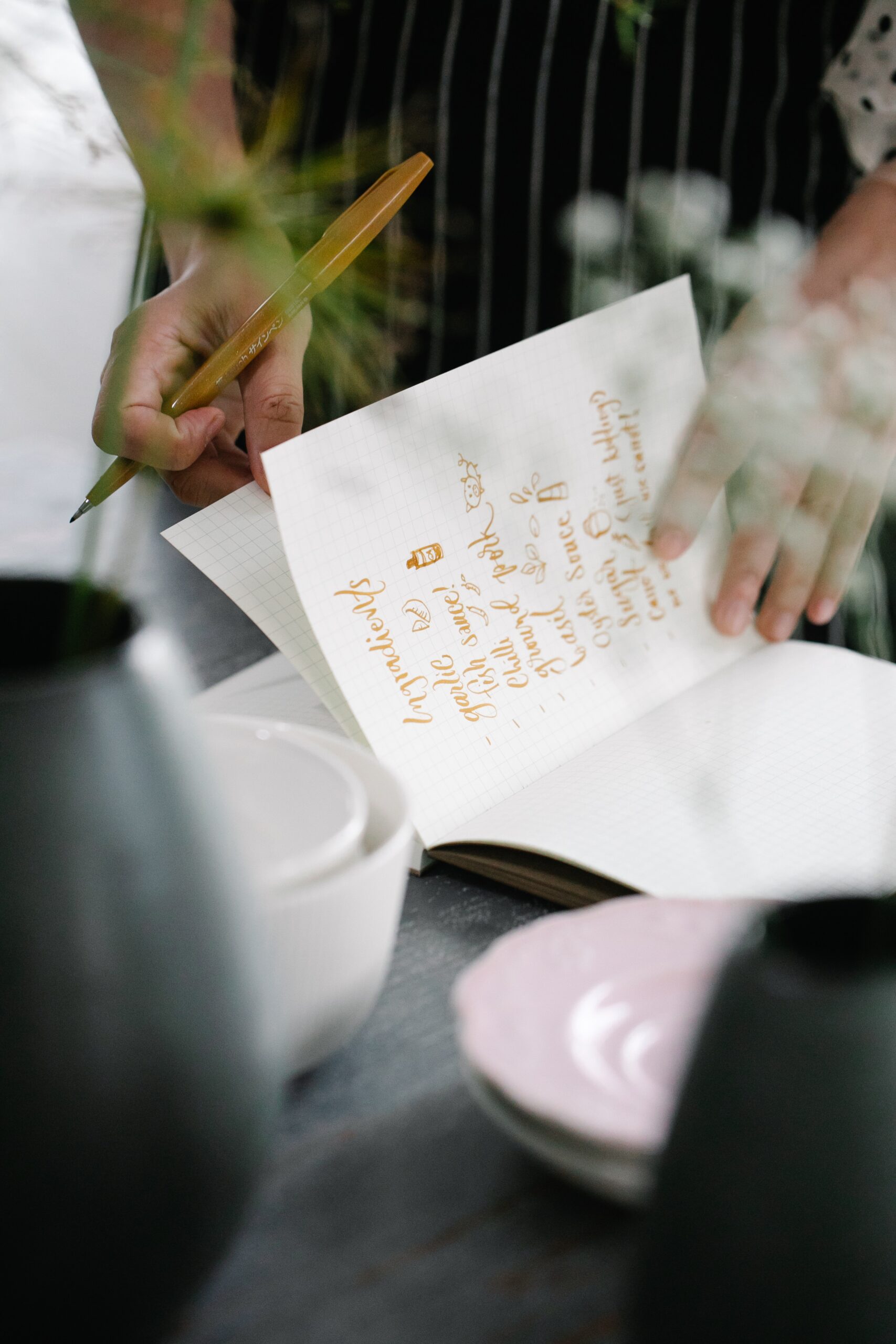Creating a family cookbook is a great way to memorialize recipes and memories. But where and how do you start? Check out these helpful tips and tricks.
Creating Family Memories Here are 3 Tips to Create a Family Cookbook
Every family in the world has special recipes that they love to make and share. Whatever special recipes run in your family, it’s a good idea to write them down and compile them into a family cookbook.
Cookbooks help us travel through time and across cultures as families age and blend. Recording the recipes specific to your family is a way to honor your heritage and prepare for the future so that no special recipes are lost.
Keep reading to learn how to create a family cookbook that you’ll be able to pass down for generations.

Step 1: Record the Recipes
Many experienced home chefs create their iconic specials using only muscle memory and taste-testing. If your family members share that habit or simply haven’t written down their recipes, arrange a time when you can observe their cooking.
During this observation, you can record with a camera for extra memories and a chance to look back at measurements, or you could also record on paper for later testing.
Even with this documentation, you probably won’t be able to recreate the recipe perfectly on your first try. Experiment on your own, and ask the chef questions.
Make sure to find out if there are any secrets to your family recipe, such as an old local cookbook or region-specific ingredients.
Once you know all the details, you can recreate a faithful recipe.
Step 2: Organize the Recipes
Once you’ve collected all the recipes—either from your own notes or from family members who have their own records—you can start to organize them.
There are several options for organizing; whichever you pick, make sure to include a table of contents so that future generations can easily navigate the cookbook.
One organization option is to sort by family member. You can really customize this type of cookbook with pictures and handwritten notes so that future generations can connect with the people behind the recipes.
Another organizational option is to arrange by type of recipe; many store-bought cookbooks are arranged this way since it allows the reader to find specific recipes with ease.
Step 3: Digitize the Recipes
A physical cookbook is a great family memento, but digitizing it will keep it safe and make it easy to share. With a digital cookbook, you can easily share a single recipe or the entire book with relatives all over the world.
As technology changes, you’ll be able to convert your digital files into whatever format is best and preserve them for future generations.
Another benefit of digitizing recipes is that they’re much easier to read.
Handwritten recipes are personal, but depending on the handwriting, they can be hard to read. If they’re written in pencil, they also run the risk of fading—a digital cookbook holds no such risks.
Now you know how to create a family cookbook in three easy steps: record, organize and digitize.
Your current family will love being able to easily share these special recipes, and future generations will enjoy traveling through time to make something that has been passed down for so long.
Favorite Family Recipes:
- Easy to Make Classic Sausage Cheese Balls Recipe
- How to Make Layered Southern Biscuits
- How to Make Sweet Iced Tea Like a Southerner
Fresh bites, cozy vibes 😎
Dig into something delicious with us by subscribing below






